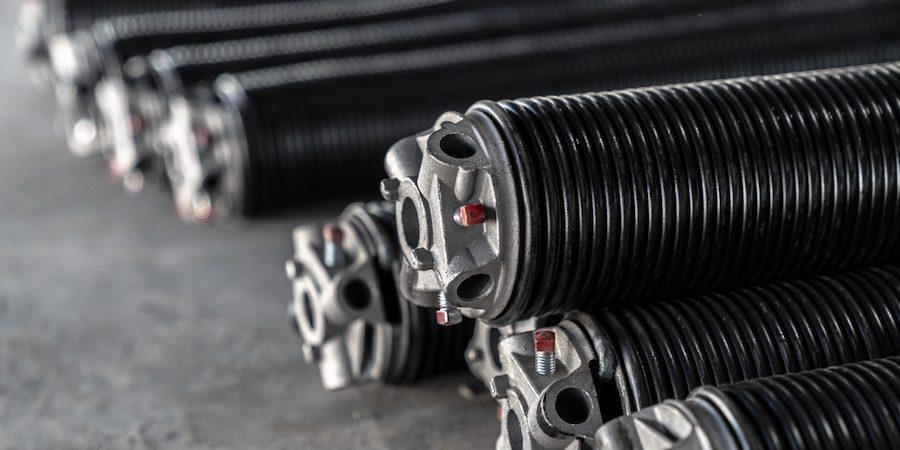Garage door springs are the unsung heroes of smooth door operation. But, have you ever wondered, “How long should a garage door spring last?” In this comprehensive guide, we’ll delve into the lifespan of garage door springs, factors influencing their longevity, and essential tips to maximize their performance.

How Long Should A Garage Door Spring Last?
Understanding the Basics
Before we explore the lifespan of garage door springs, let’s familiarize ourselves with the two main types: torsion and extension springs.
Torsion Springs
Torsion springs are mounted horizontally above the garage door. They work by winding and unwinding to counterbalance the door’s weight, facilitating smooth opening and closing.
Extension Springs
Extension springs are typically located on either side of the garage door and stretch when the door is closed. They store energy to assist in lifting the door when it’s opened.
Factors Influencing Lifespan
1. Quality of Springs
The quality of the garage door springs plays a crucial role in determining their lifespan. High-quality springs are made to withstand the stress of frequent use, resulting in a longer operational life.
2. Frequency of Use
The more often a garage door is opened and closed, the more strain is placed on the springs. Consider the daily usage of your garage door when estimating the lifespan of its springs.
3. Maintenance Practices
Regular maintenance, including lubrication and visual inspections, can significantly extend the lifespan of garage door springs. Addressing issues promptly can prevent further damage.
4. Environmental Conditions
Extreme temperatures, humidity, and exposure to the elements can impact the durability of garage door springs. Consider the climate in your region and take protective measures if necessary.
How Long Should A Garage Door Spring Last: A Closer Look
Signs of Wear and Tear
Recognizing the signs of wear on garage door springs is crucial for timely maintenance and replacement. Keep an eye out for the following indicators:
1. Visible Damage
Inspect the springs for any visible signs of damage, such as cracks or gaps. If you notice any irregularities, it’s a clear indication that the springs may be compromised.
2. Sagging or Stretching
Extension springs may exhibit sagging or stretching over time. If the springs appear elongated or lose their original shape, it’s a sign that they are reaching the end of their lifespan.
3. Unusual Noises
A garage door should operate quietly. If you hear excessive creaking, popping, or grinding sounds during operation, it could be a sign of worn-out or damaged springs.
Maximizing the Lifespan of Garage Door Springs
1. Regular Lubrication
Apply a silicone-based lubricant to the springs every few months to reduce friction and wear. This simple maintenance task can significantly extend the lifespan of the springs.
2. Professional Inspection
Schedule periodic inspections by a qualified technician to assess the condition of your garage door springs. Professional eyes can catch potential issues before they escalate.
3. Balanced Door Operation
Ensure that your garage door is properly balanced. An imbalanced door puts extra strain on the springs, reducing their lifespan. Consult a professional for adjustments if needed.
Conclusion
In conclusion, the question of “How long should a garage door spring last?” is influenced by various factors. Understanding the types of springs, recognizing signs of wear, and implementing proactive maintenance measures are key to maximizing their lifespan. Regular inspections and timely replacements will not only ensure the smooth operation of your garage door but also contribute to the safety and efficiency of your entire garage door system.



Leave a Reply